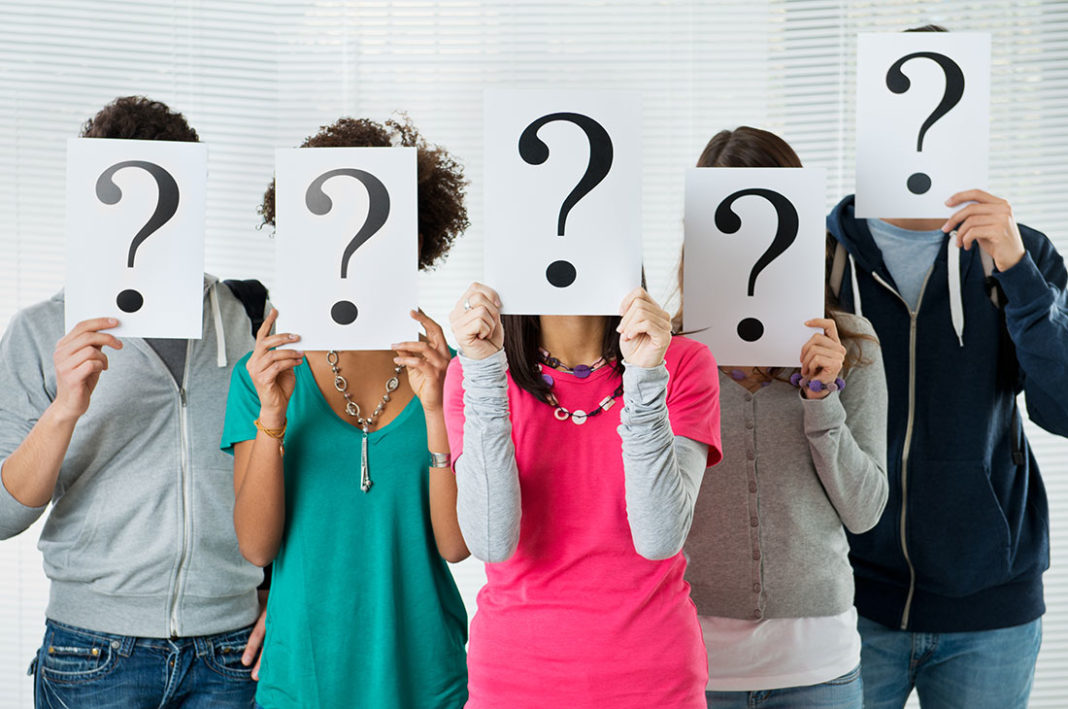I drive my friends nuts asking them to guess stuff. What do you think the highest revenue retail store in Austin is? How much annual revenue do you think it generates?
The great entrepreneur Nolan Bushnell told me he used to make his kids figure out the revenue of every restaurant they visited, by studying the average ticket and number of customers, etc.
In my courses in entrepreneurial thinking, one of the most popular classes is “observational learning” at a local regional enclosed shopping mall. Each person or team must go out and find out – and report back – on what types of cars are parked outside JC Penney, what types of cars outside Nordstrom, the differences in lighting at Sears vs. Macy’s, the differences among the shoe stores in the mall (and how many there are), or how many people are wearing watches and what type?
Key to this process is that they must guess the answer before they go do their quantitative research. And that is critical. Because only by making a prior estimate and then finding the answer do we discover our own biases and misunderstandings, and correct them to achieve a realistic appraisal of the world around us.
I do this continually, asking myself “what do I think this article or book says” before I open it, asking “how busy do I expect this store to be,” or “how long will it take me to get to the airport?”
I did a brief search on the Internet and found no broad reference to this learning method, though it may be buried under academic jargon somewhere. The only thing I found was a method for improving your time sense: every morning, guess the time before you look at the alarm clock (or phone). I have been doing this for years, and it works. As a public speaker, I have become very aware of the difference between minutes and seconds, and have dramatically increased the accuracy of my timing.
Once you get in the habit of using this powerful feedback loop, you will become a much faster and more efficient learner, and you will understand the world around you better!











